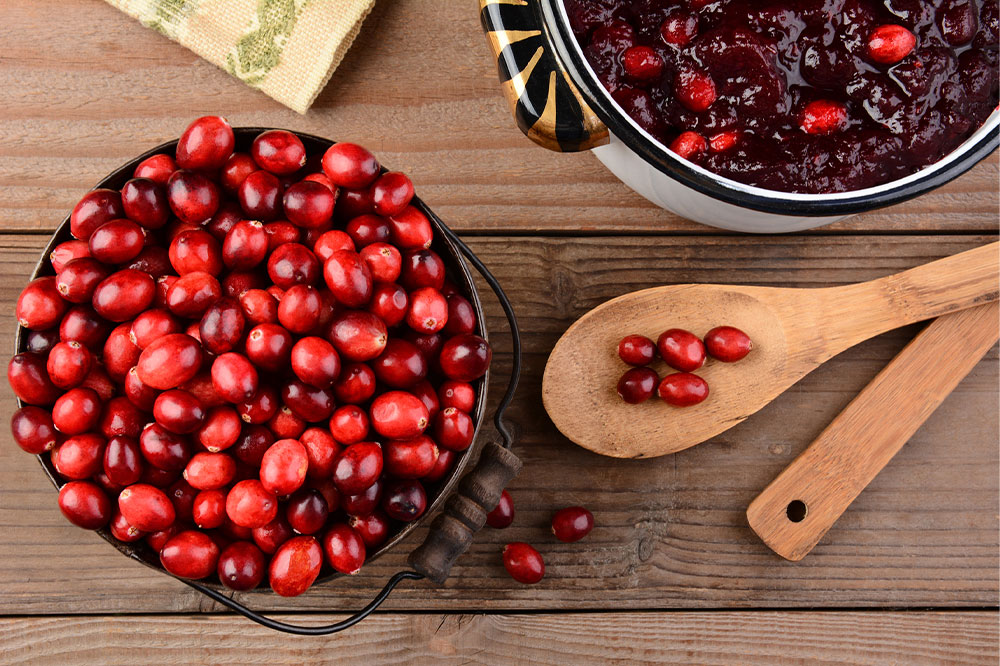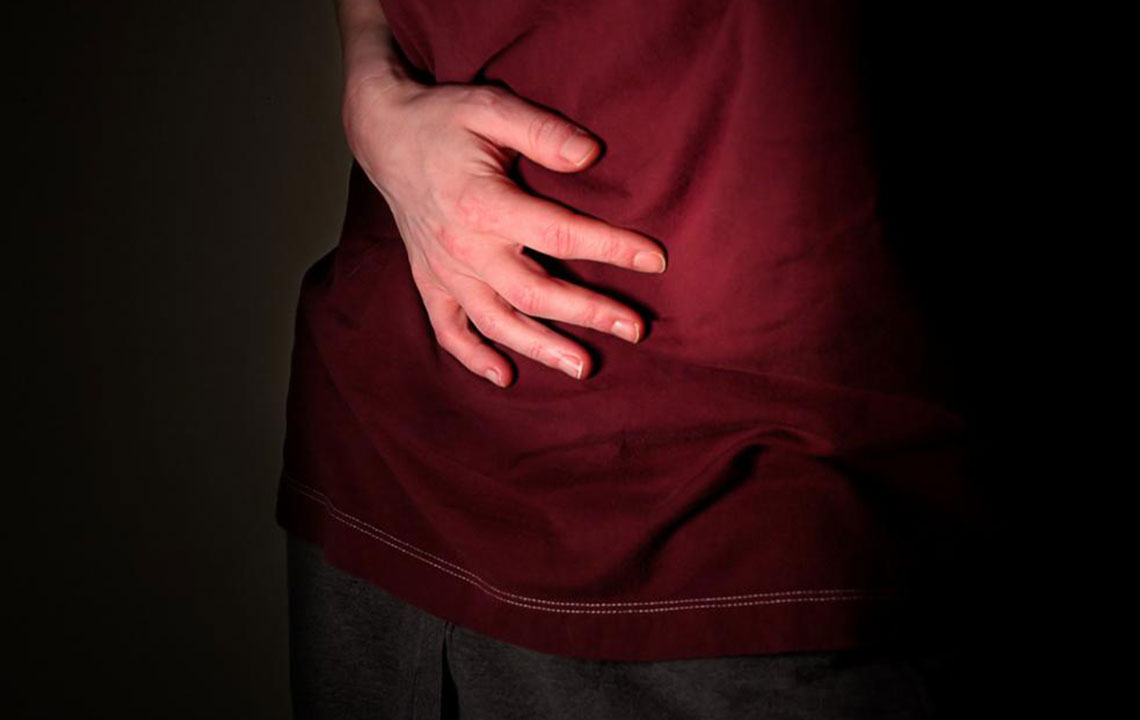Effective Strategies to Manage Overactive Bladder Symptoms
Learn practical strategies to manage overactive bladder, including medication options, dietary tips with berries, hygiene practices, and exercises like Kegels. Improve your quality of life with these effective methods for controlling urgency and urinary leakage.

Effective Strategies to Manage Overactive Bladder Symptoms
Overactive bladder (OAB) is a condition characterized by a frequent and urgent need to urinate, affecting millions worldwide. Around 35 million individuals are estimated to live with OAB, with some experiencing involuntary urine leakage. This condition can impact daily activities and social interactions. Fortunately, there are practical approaches to control symptoms and improve quality of life:
Medical Treatments
Several medications can help alleviate OAB symptoms. For instance, GEMTESA (vibegron) works by activating beta-3 receptors, relaxing the bladder muscles to reduce urgency. Other options include Myrbetriq, which increases bladder capacity by relaxing the surrounding muscles, and drugs like TOVIAZ and INVOKANA®.
Incorporate Berries into Your Diet
Consuming cranberry, strawberry, and blueberry enriches your diet with vitamin C, which can combat bacteria and prevent urinary infections. These berries are high in water content, aiding in hydration and bladder regulation. Enjoy them as smoothies, salads, or snacks.
Avoid Excessive Hygiene Practices
While maintaining hygiene is important, over-washing with soap can cause dryness and irritation, worsening symptoms. Opt for gentle, hydrating cleansers and limit unnecessary wiping, especially during menstruation.
Bladder-Friendly Exercises
Habits like double voiding—urinating after brief intervals—can reduce urgency. Kegel exercises strengthen pelvic muscles, helping better control bladder function and prolonging intervals between voids.










